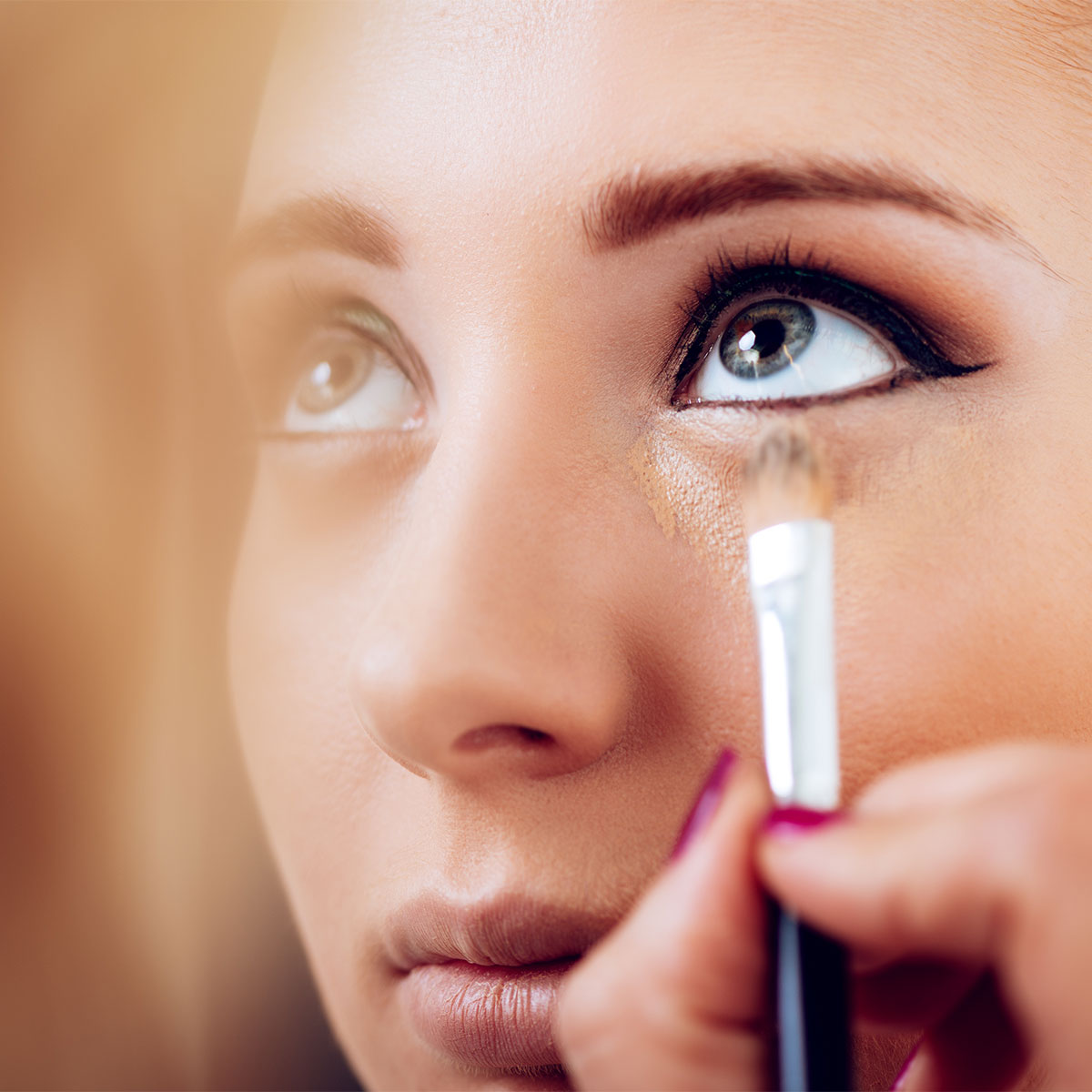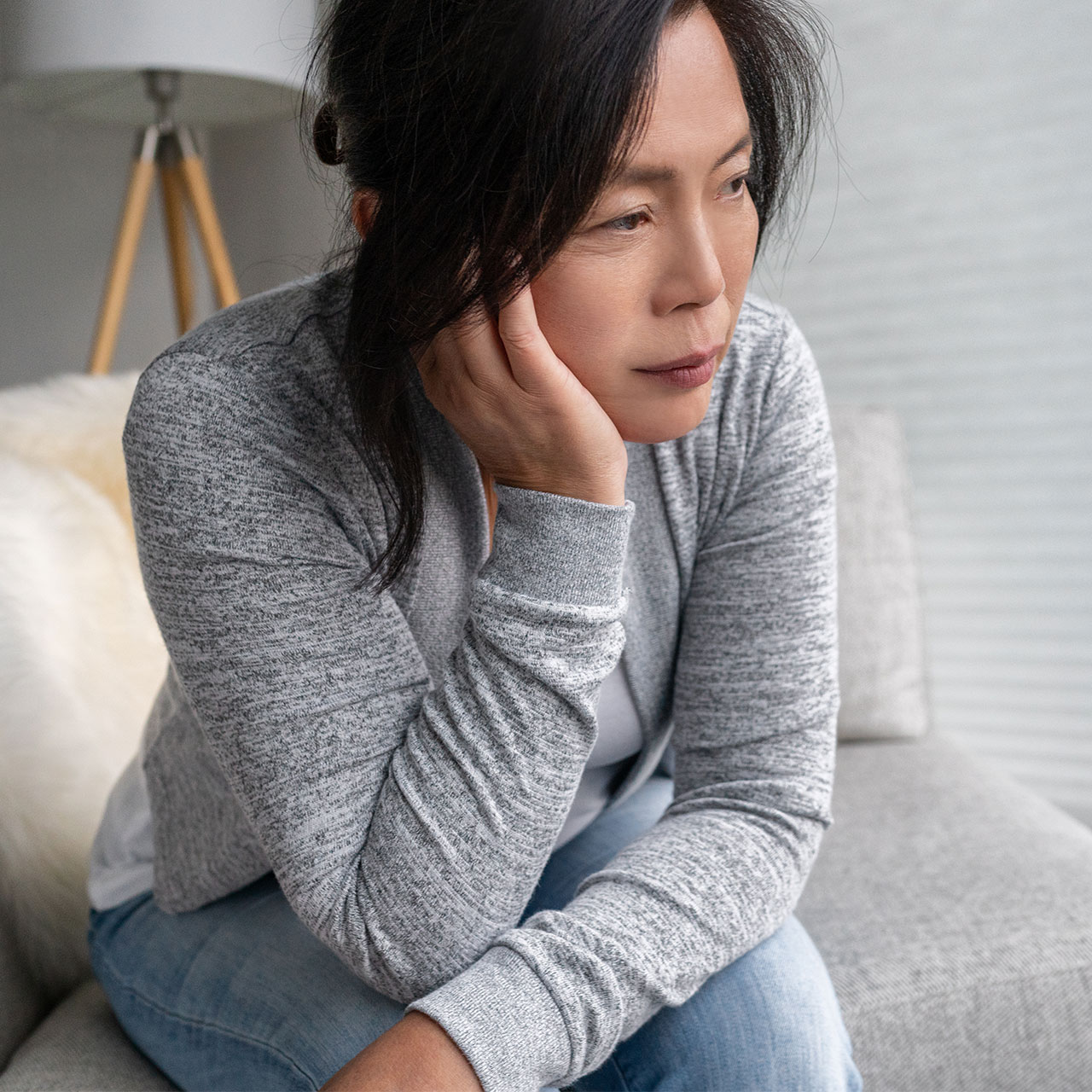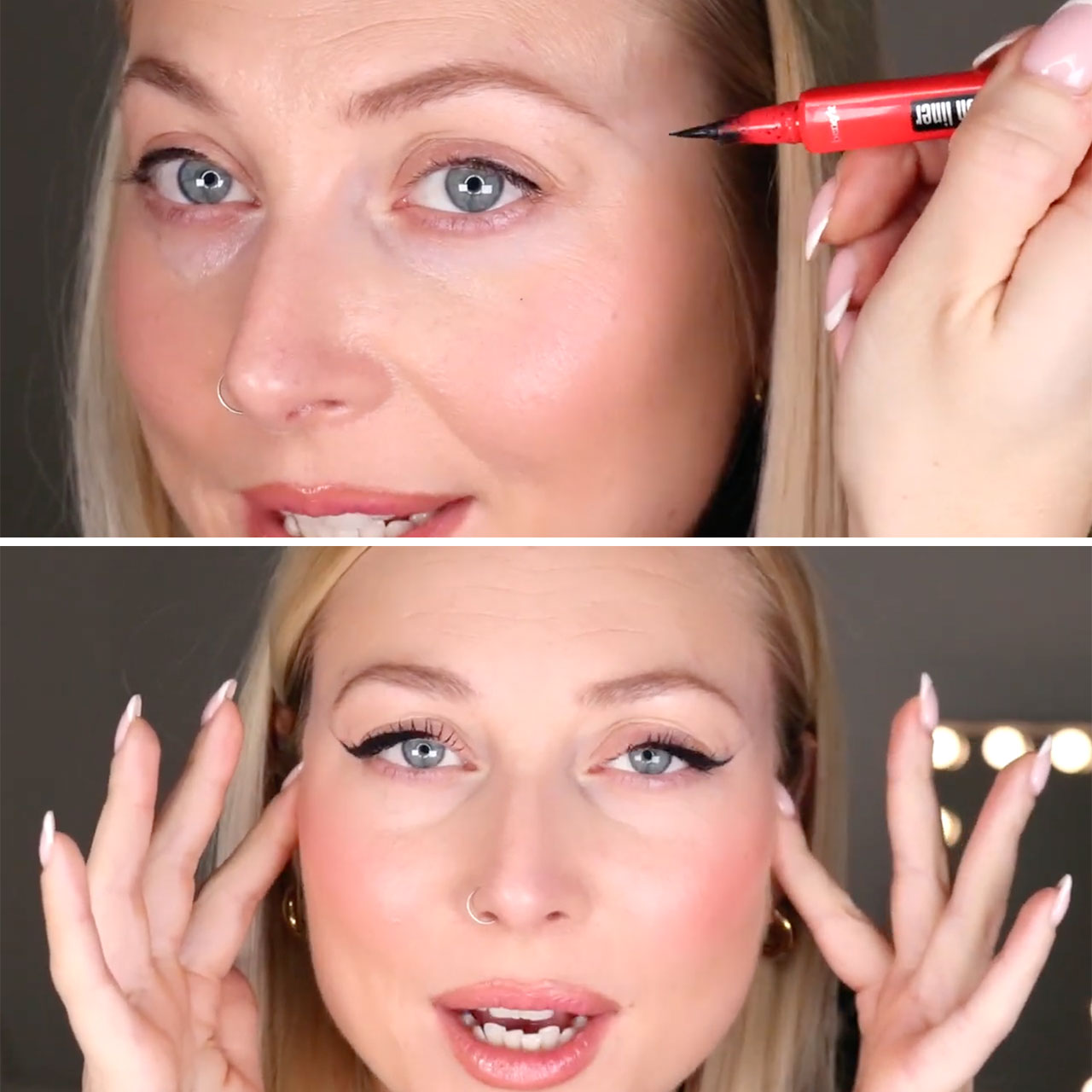Concealer is an essential tool for contouring and highlighting your best features, covering up acne, and hiding dark eye circles. When used correctly, this makeup product can work wonders for anti-aging purposes, but on the other hand, makeup artists warn that there are four common mistakes that could inadvertently add years to your look.
4 Concealer Errors That Can Add Years To Your Look:
We reached out to experts to learn more about easy concealer errors and how to avoid them for a smoother look overall. Read on for tips, suggestions and insight from Mandie Brice, professional makeup artist, Vivi Mintara, pro MUA and CEO of Eye Makeup Lab, Kerrin Jackson, celebrity, film and television MUA and creator of The Makeup Refinery blog and Natasha Moor, celebrity MUA and founder of Natasha Moor Cosmetics.
READ MORE: Here’s How To Find The Best Concealer Shade For Your Skin Issue: Redness, Dark Spots And More

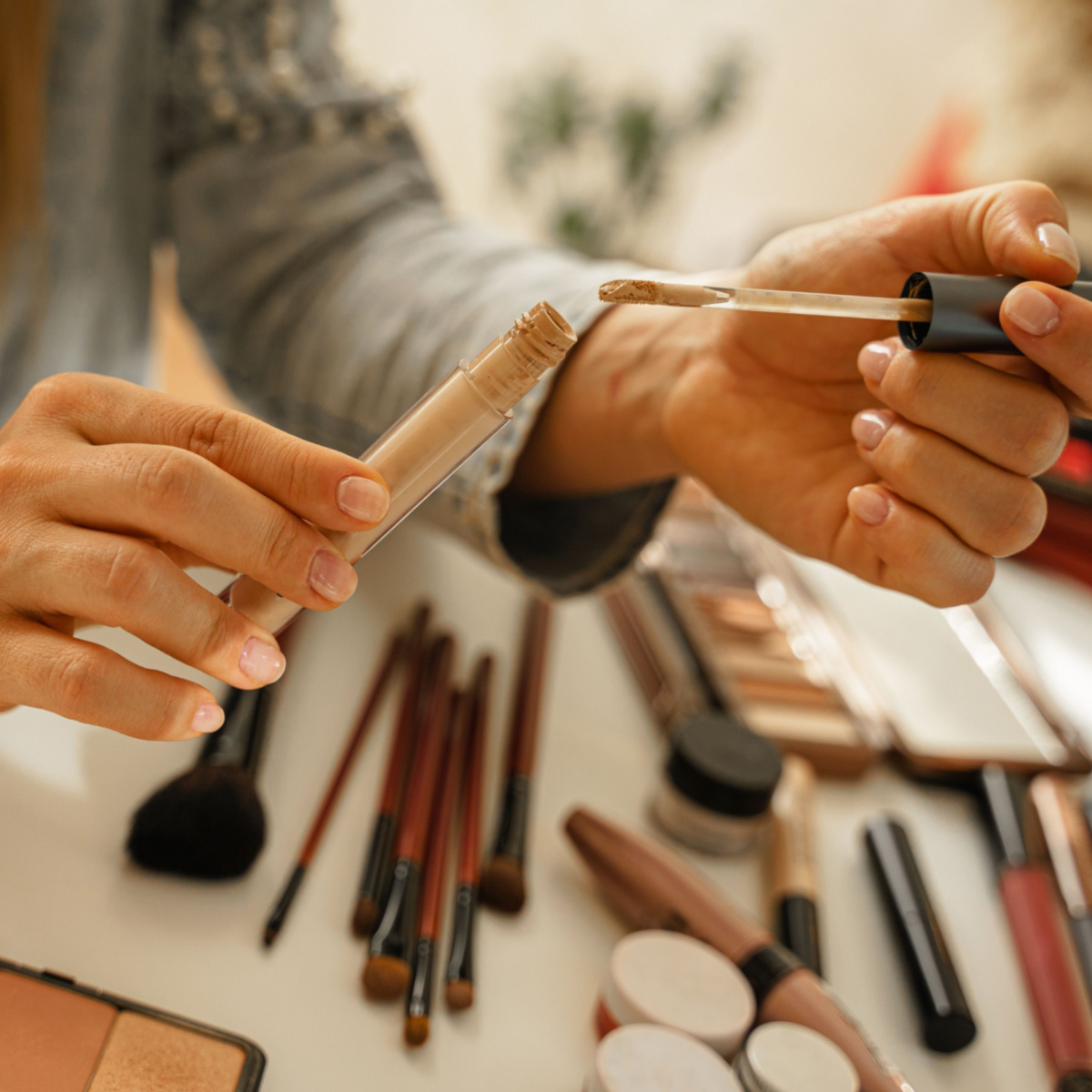
1. Not Washing Your Applicators: Brushes, Sponges, Fingers, Etc.
Whether you apply concealer with a brush, a makeup sponge or your fingers, not thoroughly washing these tools beforehand can lead to your concealer clumping, wrinkle emphasizing, causing an infection or even leading to acne flare-ups.
"I think so many of us are guilty of not washing our brushes as often as we should," Brice shares. "Even applying with our fingers can be a mistake, if we don't first wash our hands," she adds, as "this can lead to breakouts, or even infection."
READ MORE: According To A Beauty Expert, This Is How Often You Should Be Washing Your Makeup Brush
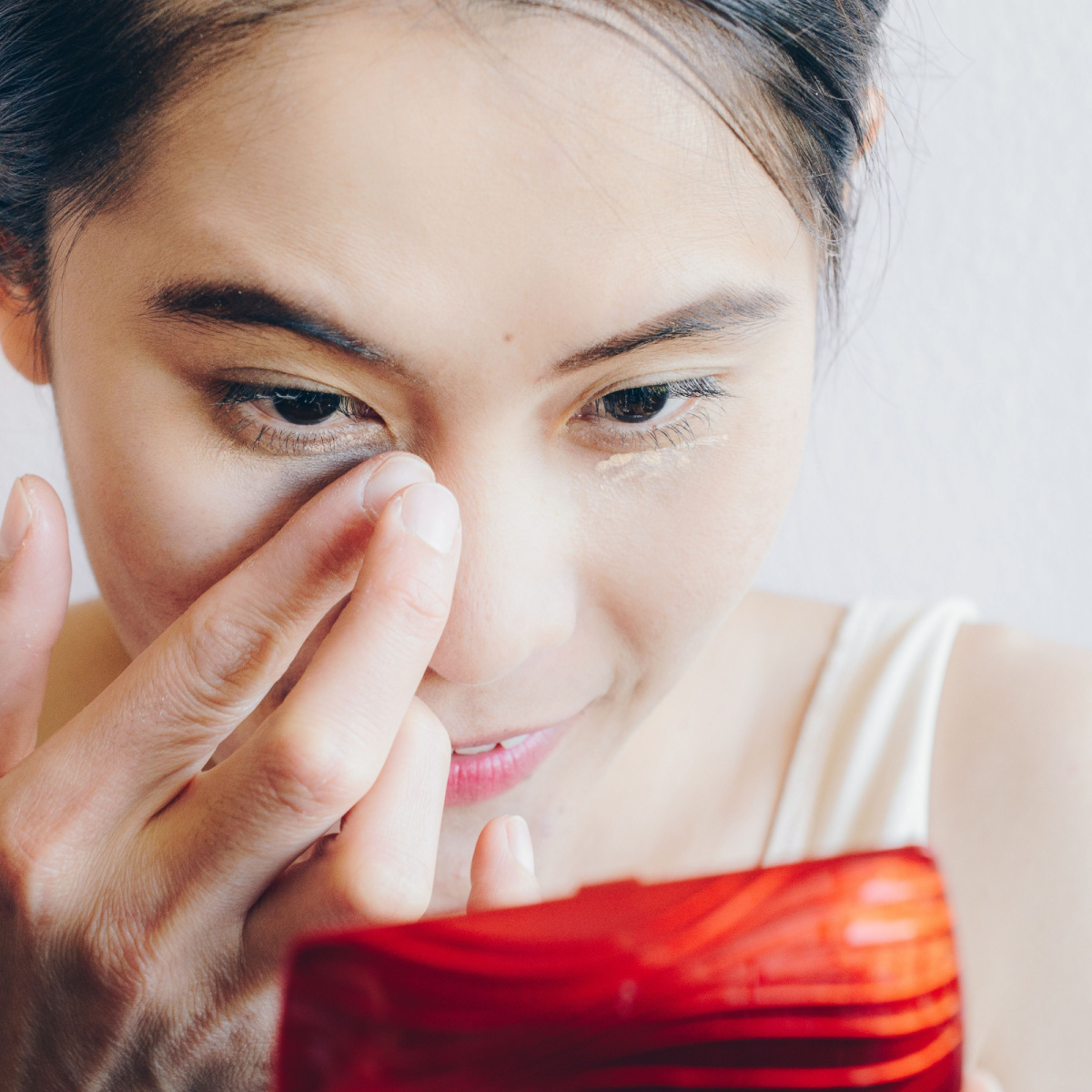
2. Forgetting Primer Beforehand
After washing and cleansing your face and moisturizing your skin, it's essential to add a trusty primer before applying concealer, Moor advises. "Ensure that you apply a lightweight moisturizer, face serum or a facial oil at least 10 minutes before applying a primer," she says. While applying primer, she stresses focusing on the areas around your "nose and the high ends of your face." Applying your concealer "immediately after your primer" can lead to a "patchy, blotchy" finish, she warns, so it's best to "let your primer set for a few minutes" before adding on your concealer.
Priming your skin, Mintara adds, will "not only fill in any fine lines and wrinkles," but it also encourages concealing products to "stick to your skin in an even and long-lasting manner." With primer, your concealer will last for "at least eight hours," she notes, without the need for a touch-up.
READ MORE: 4 Under-Eye Concealers That Work Better Than Botox
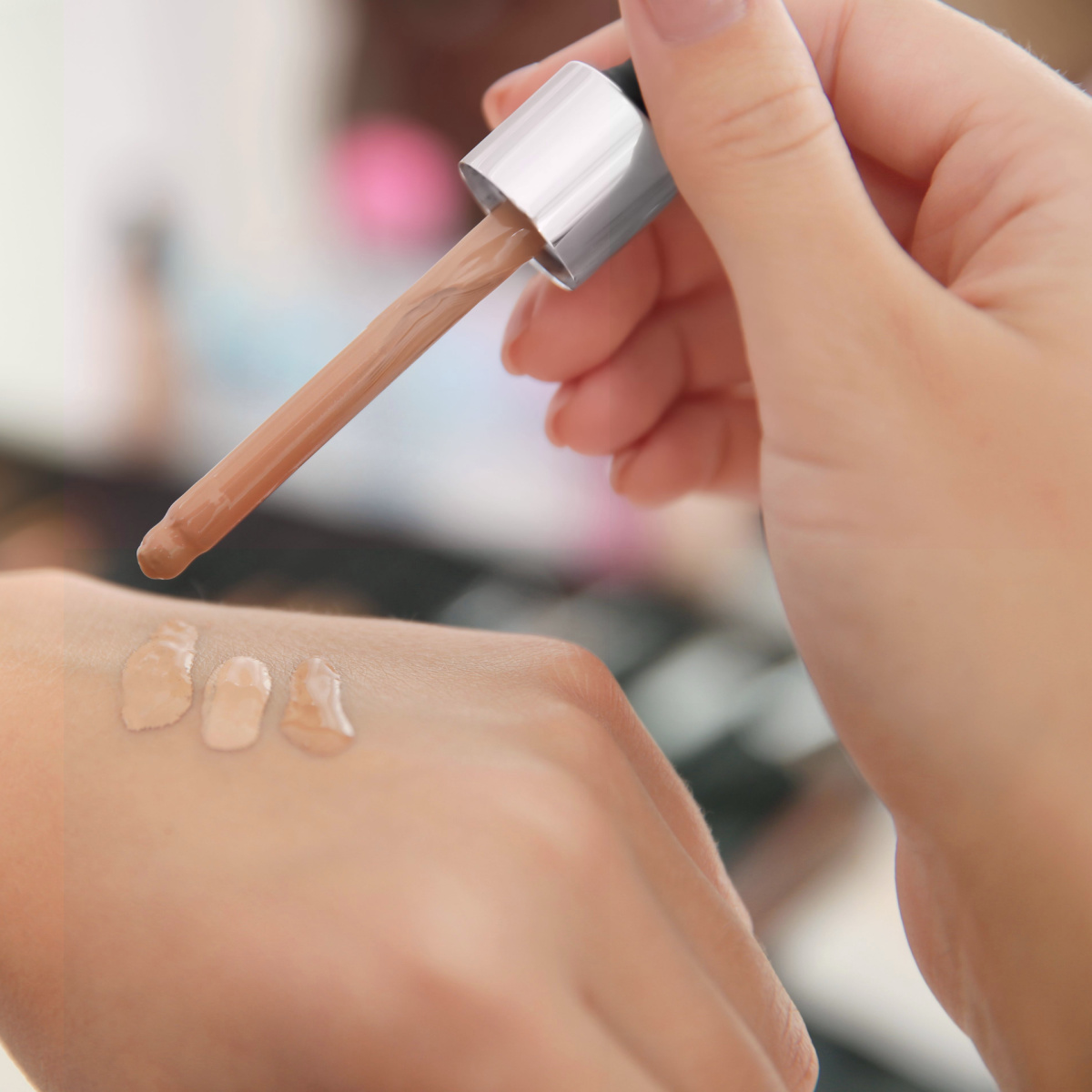
3. Choosing A Concealer That Is Too Dark
Many of us often select a concealer product that is "too dark for our skin tones," Jackson explains, and it's important to grab one that is "a shade or two lighter than your base tone." She also says to "keep it soft, well-blended and only use "a little product," not a lot.
Your concealer of choice, she adds, should "create a natural, yet flawless finish to your complexion." If you don’t like or need much coverage, she says to "try a lighter skin tint or tinted moisturizer." When in doubt, less is more and lighter tones can be your best friend when trying to conceal any imperfections.

4. Adding A Layer Of Concealer That Is *Too* Thick
When it comes to applying your concealer, Mintara recommends starting with a thin layer to avoid emphasizing fine lines and wrinkles. "If this doesn’t fully cover the dark spots, then apply another layer, and keep building the color up," she says.
Mintara warns not to "immediately put a very thick layer of concealer on your face," because you may not need as much as you think, and "also, this will cause the makeup to crack after a few hours," she concludes. The more you know!





